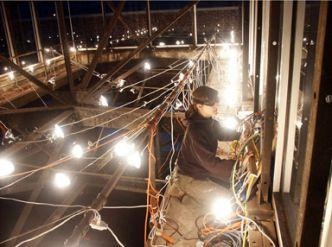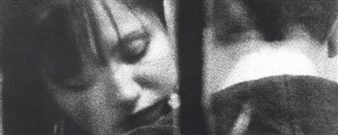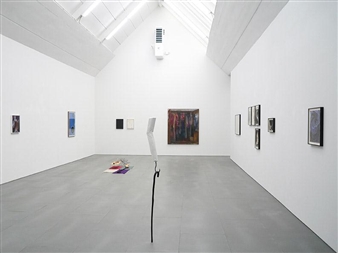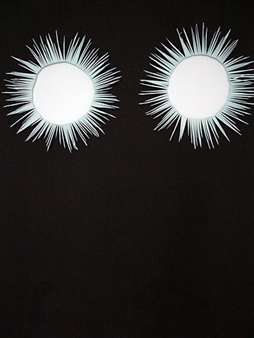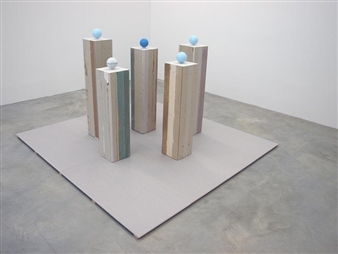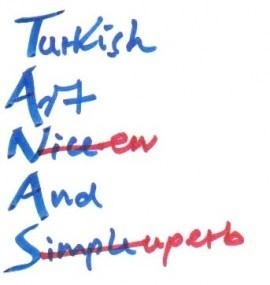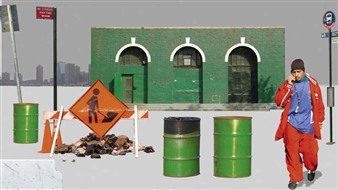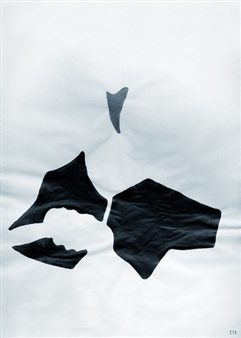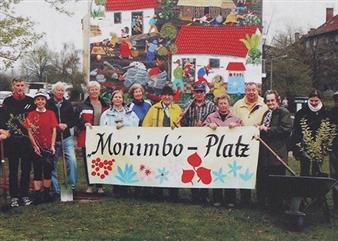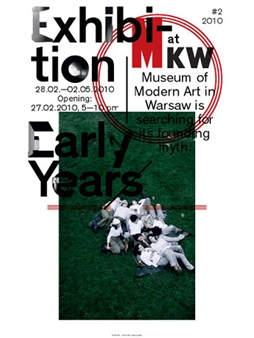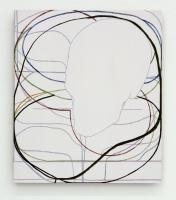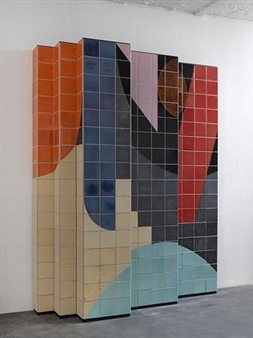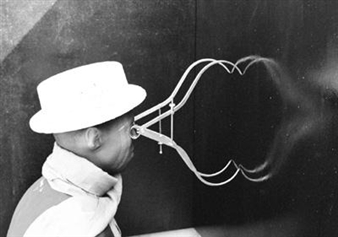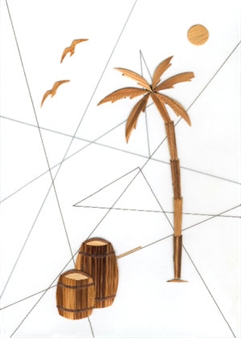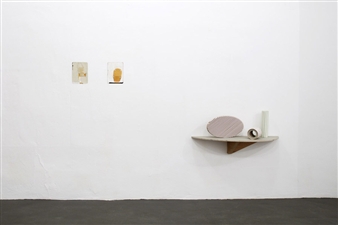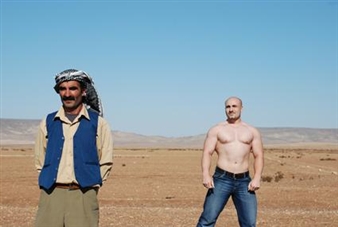Jose Dávila, Nic Hess, Arcangelo Sassolino: Sign o' the Times
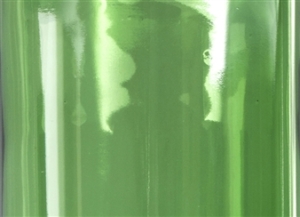
Nordrhein-Westfalen, Cologne, 04/01/2017 - 06/17/2017
Aachener Straße 65
We are proud to present with Sign o' the Times a mutual exhibition of Jose Dávila, Nic Hess and Arcangelo Sassolino.
The artworks of this show manifest the different approach of the artists towards "signs" and "language". Nic Hess shifts the meaning of a sign towards the signifier. He uses the sign as an element of a composition, sometimes in a playful way. In the works by Jose Dávila we see a rather congruent relation of signifier and signified. The two sides of the sign are synchronized. Arcangelo Sassolino stresses the signifying raw material, there seems to be no further meaning to the sign.
In his extensive installations Nic Hess employs ordinary signs, like logos or labels, known symbols or art historical signs (often famous artworks that are easy to recognize). He is thus insinuating readability and conventional meaningfulness. These signs are, however, deconstructed, they are separated from their usual context (for instance economy or art history) and integrated in installations. Through this re-contextualization they are reduced to their material content and to their visual-esthetic effect. The earlier significate, that might have been dominating in "real life" (one could think of the Lacoste-crocodile that is commonly understood mainly as a symbol for the French brand and much less so as a symbol for the powerful animal) has been detached off its main function and pushed towards a being as an empty shell, a mere signifier. The sign is reduced to being an element in the installation, an installation that comes to life intuitively and with a clear relation to the space in which it is located. At the end of the day this can be understood also as a form of criticism of the overwhelming presence of signs in our world. In the same time, Hess' interventions work with the rhythm of the architecture, they enforce it by adapting the perspective lines or they contradict it when the images that have been employed ignore corners or projections of a space – and thus negate the space and its architecture.
Jose Dávila's uses comparatively raw material (compared to Nic Hess) for the sculptures he is showing in Sign o' the Times: cubes made from sandstone and volcanic rocks. With these elements, put together, he creates different levels of referring signs: On the one side he refers to the contradiction of civilization, culture (the built cubes) vs. wildness, nature (the found rocks). On the other side – and related to the first pair – he refers to the contradiction of "forming" / "creating" vs. "finding" / "Ready Made", a contradiction that is part of the art discourse since Marcel Duchamp. Also, Dávila refers to gravity and its laws and its capacity to form by utilizing weight. Finally, there is a reference towards the sculptural strategies of the 1960ies, an obvious reference towards works by Richard Serra, Robert Morris, or Michael Heizer, to mention just a few. While Dávila's signs are structured very simple, they can thus be read on diverse, complex levels.
Arcangelo Sassolino exposes materials to direct force. Force becomes visible and even tangible as a physical power. The work D.P.D.U.F.A. (dilatazione pneumatica di una forza attiva) is a sculpture, consisting of a stainless steel cube and polycarbonate, a bottle, a tube, and a cylinder filled with nitrogen. The object serves as an experimental set-up with inherent power. Power that is first under control and that erupts in an unforeseeable instant of extremely condensed energy. The glass bottle, an everyday object, is filled with nitrogen until the pressure is so high that it bursts, faster than the human eye can see. Visible is either the integer object (bottle) or its dust.
The works from the series Untitled are concrete sculptures with glossy surfaces. A polycarbonate- sheet is formed by the artist applying extreme power to it to compress it. He adds fluid concrete on it in a performative act by powerfully throwing it on the surface (comparable to Richard Serra's act of throwing lead in corners in his Splash Pieces). The concrete sets, time and temperature and chemical reactions influence an ever changing alchemy in the making of the work. In the following Sassolino tears off the polycarbonate with one gesture, a three-dimensional form remains; a relief with a form that is conditioned by the initial decisions of the artist as well as by the material and by chance. Sassolino works out of the tradition of Arte Povera and the Italian Futurism but he departs from any kind of symbolic representation and he opens sculpture to physical phenomena like speed, pressure, gravity, friction, and controlled danger.
The work D.P.D.U.F.A. will be activated once per day in the course of the exhibition (Tuesday through Friday between 5 and 6 pm, Saturday between 3 and 4 pm). At some point during these hours the glass bottle will explode after gas has been continuously added to it.
